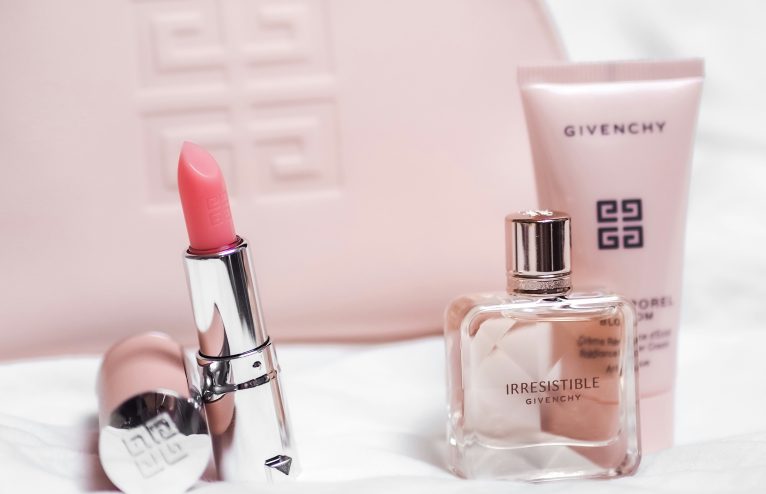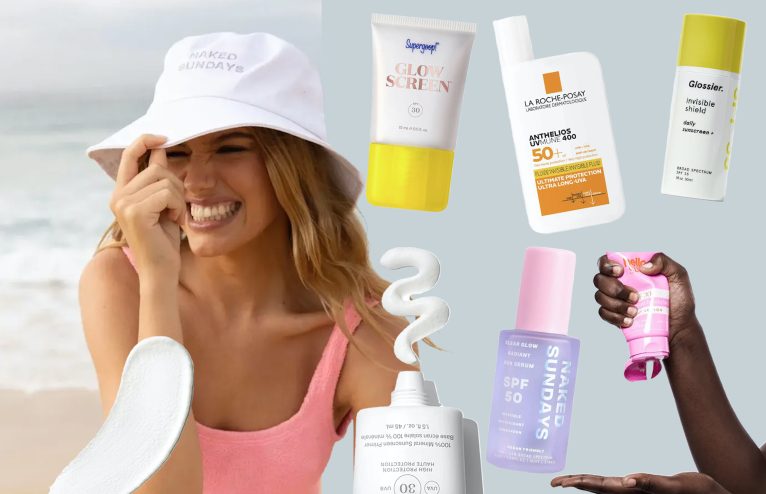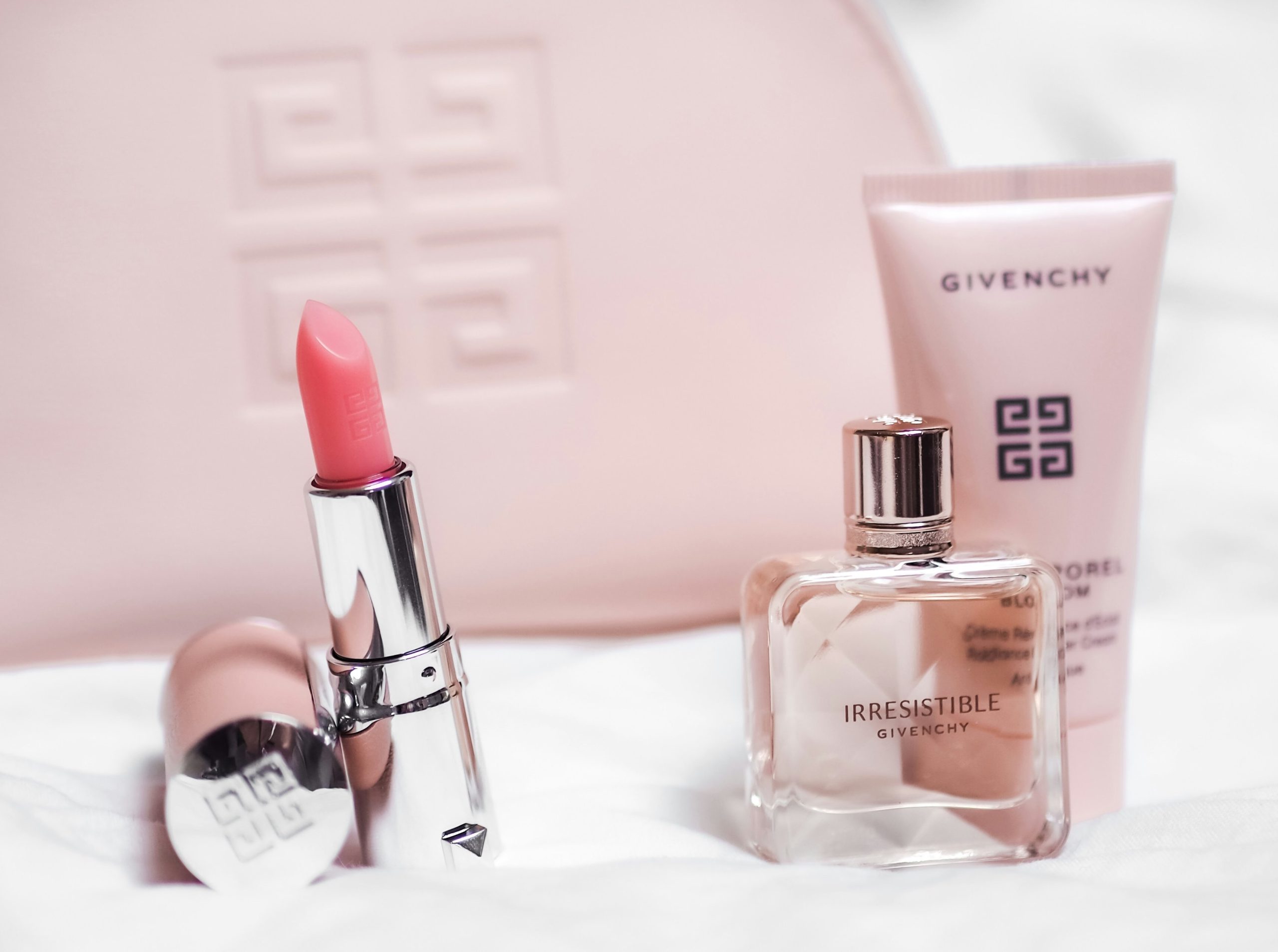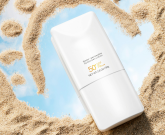Sunscreen – love it or loathe it, you probably know that you should be wearing it. To make the process a little easier, these are our beauty editor’s top sunscreen tips.
As the number one skincare product to have in your routine, sunscreen not only protects your skin from burning but also from premature ageing – aka wrinkles – caused by the sun’s rays. Yet it can also feel like a minefield with lots of conflicting advice and information about which formulas to use, and when.
To help simplify the process and make it stress-free, these are our beauty editor’s expert-backed sunscreen tips to help make wearing (and reapplying) SPF much easier every day of the year.
1. The two-finger rule
It’s widely reported that the vast majority of people aren’t wearing enough sunscreen, and it’s entirely possible you’re reading this while not wearing any at all. According to the NHS, the correct amount for your face and neck is at least two teaspoons, or two tablespoons if you are applying over your entire body.
This might seem hard to visualise, but try the beauty-editor approved ‘two-finger rule’ to help with face application. Simply apply your sunscreen along your index and middle fingers in a thick line before dotting across your face and neck evenly. Don’t forget your ears and hairline too.
The rule still applies if you’re relying on the SPF in your foundation, otherwise you won’t be getting anywhere near the advertised SPF rating. You need more than you think you do – so if you prefer a more sheer finish, it’s worth counting any sunscreen in your makeup as additional coverage, not your sole protection (aka you need to be wearing a separate SPF).
View this post on Instagram
2. Rethink the ‘mineral’ versus ‘chemical’ debate
When it comes to sunscreen, you’ve probably seen a lot of debate about whether mineral or chemical sunscreens are better. Try not to get too bogged down in the discussion – instead focus on what you, as an individual, are looking for. After all, ultimately, the best sunscreen is the one you actually enjoy using.
Our beauty editor recommends mineral sunscreens (with filters such as titanium dioxide and zinc oxide) if you have sensitive skin, struggle with hyperpigmentation, or if you hate wearing sunscreen because you’re prone to breakouts. Just patch test them before use, as some do leave a white cast on the skin.
Chemical sunscreens, on the other hand, tend to be more sheer and can come in lots of different oils, serums and spray forms. Many are more water and sweat resistant too, making them great for summer activities. However, chemical filters can cause more irritation or sensitivities in some people (so always patch test), and there’s also some indecision about whether they could have an impact on ocean life, so do consider their environmental claims.
3. Be aware of UVA
If you’re spending the majority of your day inside, as many of us do while working from offices or from home, you might think you don’t require sunscreen. Yet, while it’s true that staying out of the sun is a good way to avoid burning (especially during the middle of the summer), UV could still be damaging your skin without you knowing it, especially if you sit by a window.
In fact, UVA rays – those that are responsible for signs of sun-related premature ageing such as wrinkles – can actually penetrate glass, so sitting by the window in a car or a building can leave you unprotected. Unlike burning, you also won’t notice the damage to your skin until the wrinkling or pigmentation changes start years down the line. That’s why it’s definitely a smart idea to layer on a broad-spectrum SPF, one that protects against UVA and UVB rays, as part of your daily routine.
View this post on Instagram
4. Remember to reapply
Despite what ‘longwearing’ and ‘all-day formulas’ may claim, it’s very unlikely that any sunscreen you apply in the morning will still be giving you adequate protection by the end of the day. Your day-to-day activities will rub off your protection and when your SPF does what it is supposed to, the UV also starts to breakdown the sunscreen ingredients, diminishing its efficacy with prolonged exposure.
You need to be reapplying your sunscreen frequently, especially when you’re out and about in the sunshine – and that includes when you’re wearing makeup (which unfortunately you may not want to smudge).
For those occasions where you really don’t want to touch your face, don’t avoid reapplication; instead try an over-makeup SPF spray to provide a lightweight veil of SPF protection. These probably don’t provide such a full coverage as creams do, but they will top-up your protection if applied with vigour. Many are designed to work like a setting spray too, so they can even extend the longevity of your makeup.
We may earn a commission if you buy something from any affiliate links on our site.



















Any Questions or Tips to add?